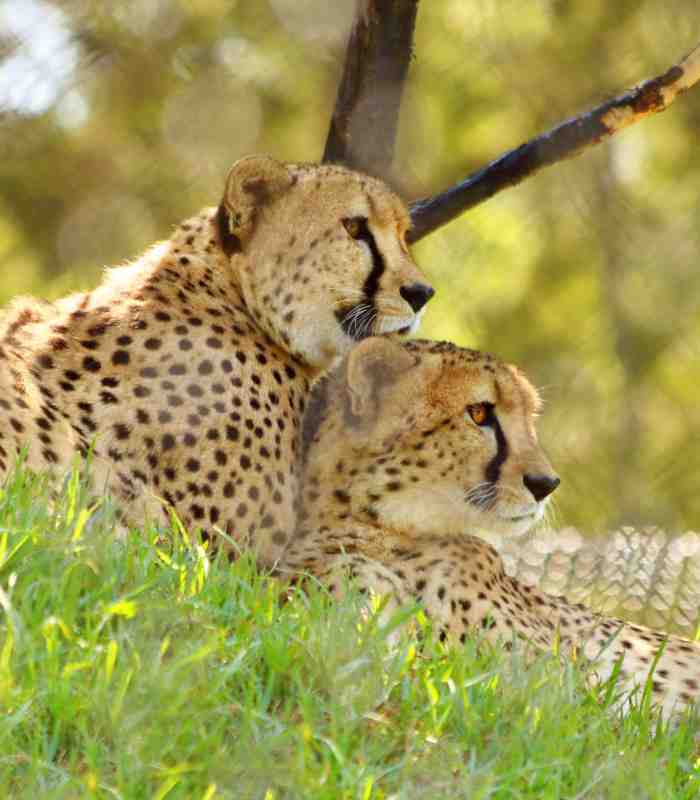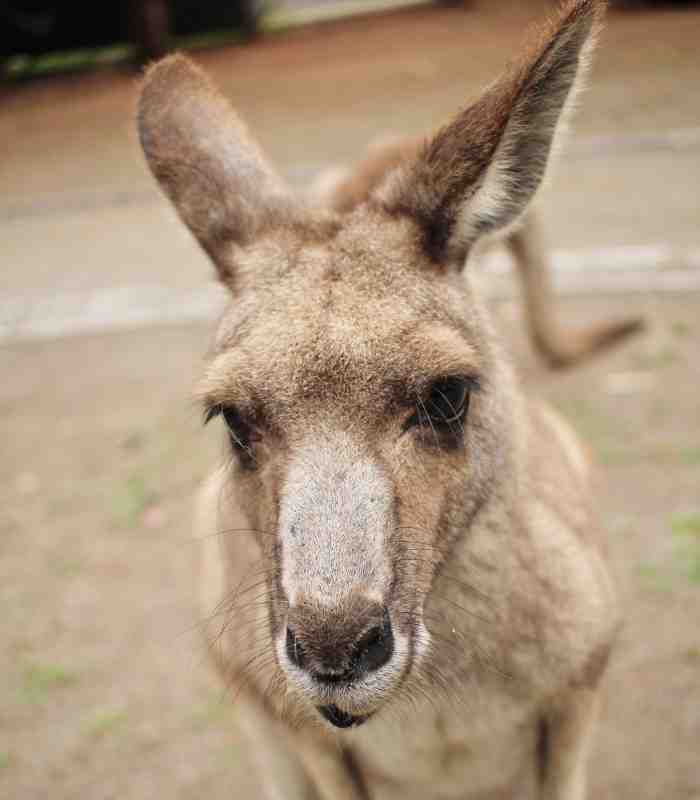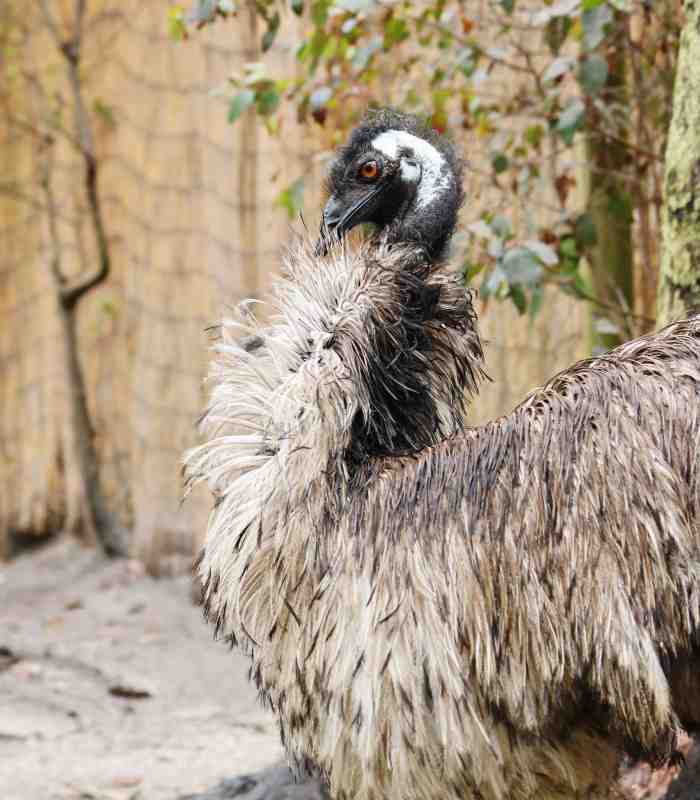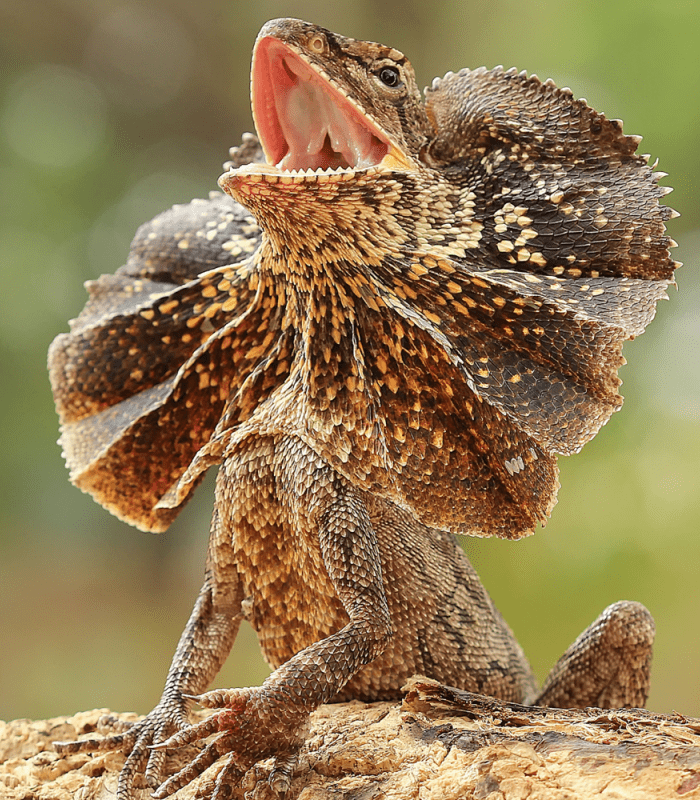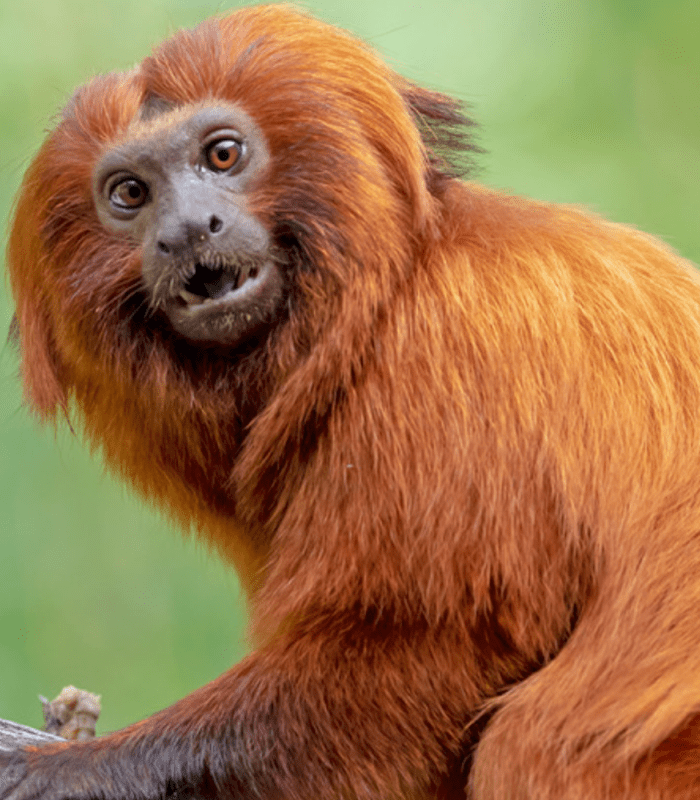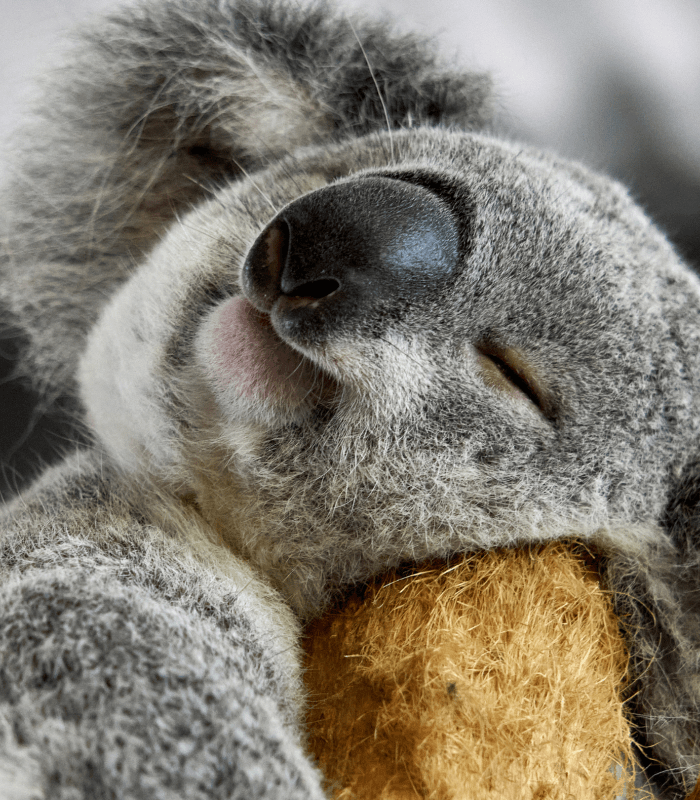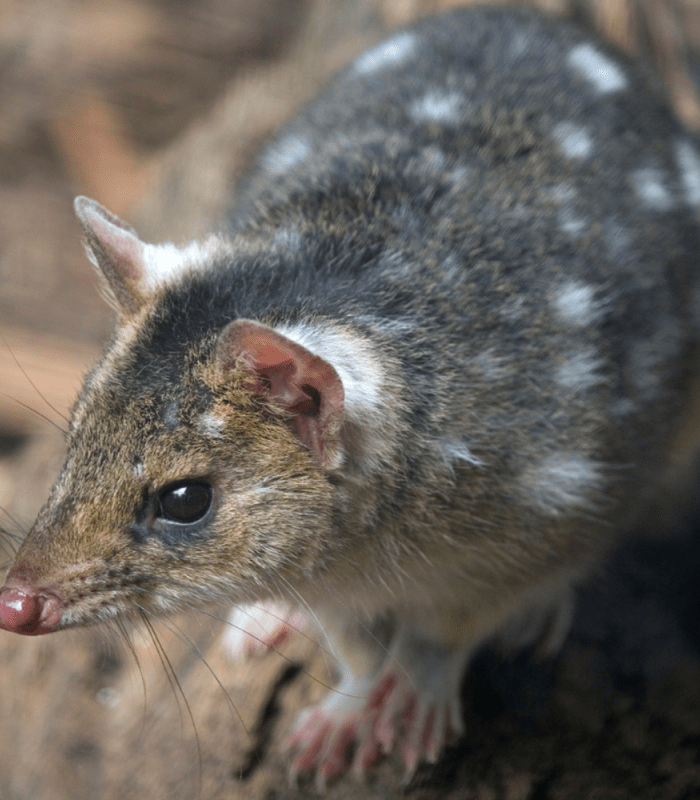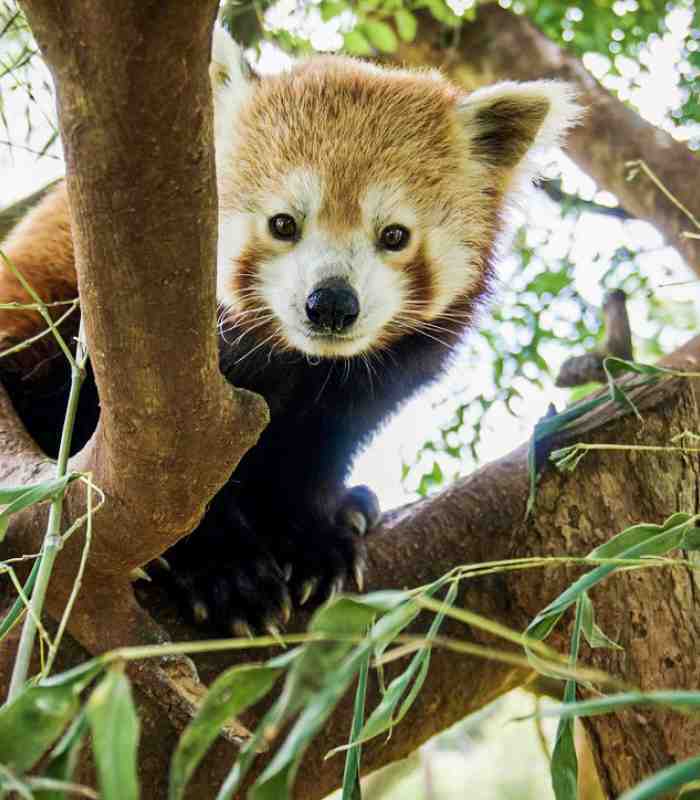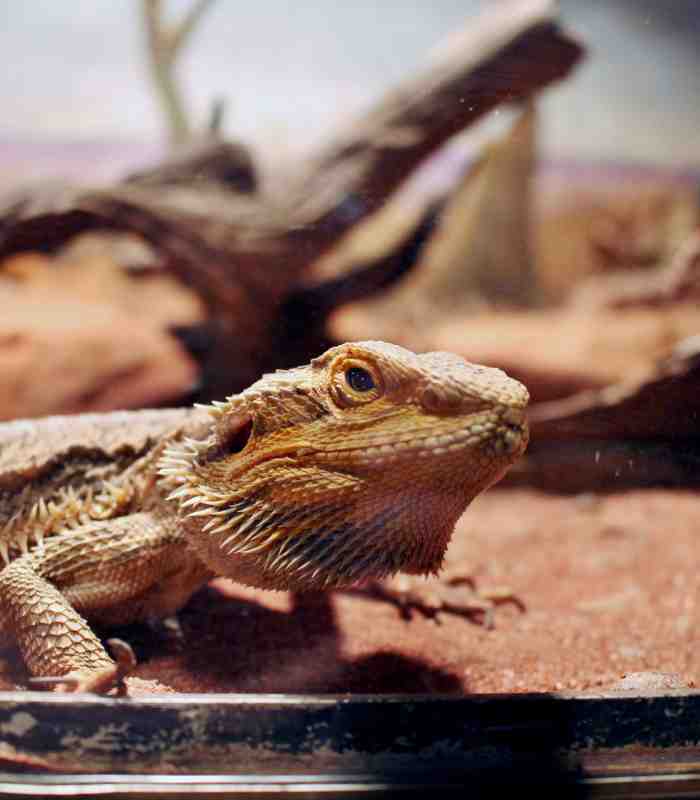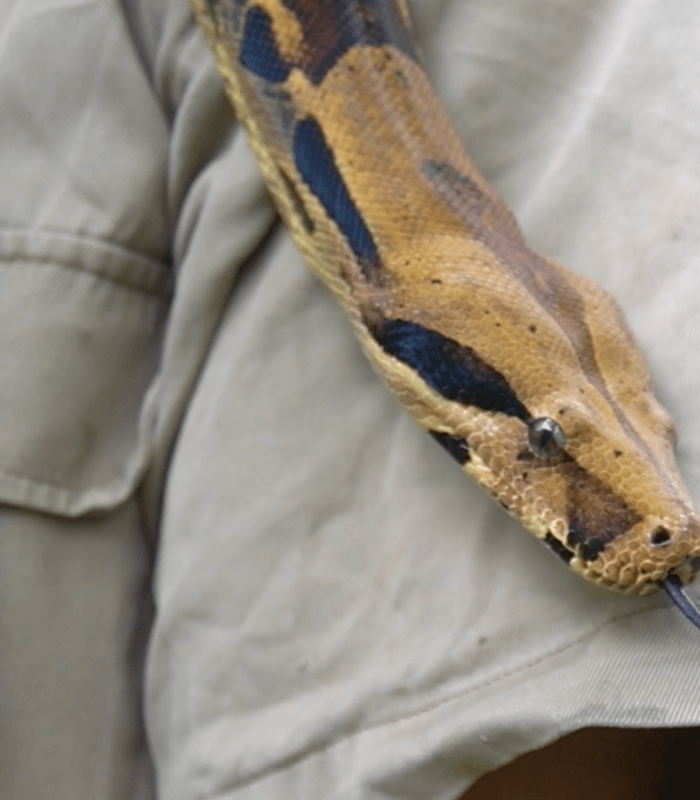Ateles geoffroyi
Spider Monkeys get their name because of their extremely long, spidery limbs and prehensile tail. The tail acts like a fifth limb and is used to hang on when they are feeding high in the trees.
The colour of a Black-handed Spider Monkey varies from light buff to reddish-brown or black depending on the subspecies and, as the common name implies, the hands (and feet) are usually black. The face is hairless, with un-pigmented skin around the eyes and muzzle. Infants are born black but lighten in colour in some subspecies during the first five months. Black-handed Spider Monkeys are sociable animals and tend to live in multi-male, multi-female groups of 4 to 35 individuals (average around 15).
Distribution and habitat
In the wild they live in Mexico and Central America. It is an arboreal species that prefers to live in the upper levels of the tree canopy and is often found in primary and secondary rainforests.
Diet
Active during the day (diurnal) they like to eat fruit, but will also eat leaves, flowers and occasionally bark, nuts, seeds, insects and eggs.
Life expectancy and breeding
Life expectancy in the wild: approx 25 years. Females actively choose their mates and initiate breeding which may take place at any time of the year. Females give birth to a single infant every 2 to 4 years, after a gestation period of 7 to 8 months. Young are normally dependent on their mothers for 3 years, and reach sexual maturity at 4 years (females), 5 years (males), after which females usually migrate to other groups.
Conservation status
INTERNATIONAL UNION FOR CONSERVATION OF NATURE
The Black-handed Spider Monkey sadly appears on the The IUCN Red List of Threatened Species as ENDANGERED. The major threat is habitat loss. It’s estimated that the species has declined by as much as 50% since 1970.
Billabong Zoo is home to brother and sister: Nacho (male) and Maria (female).



